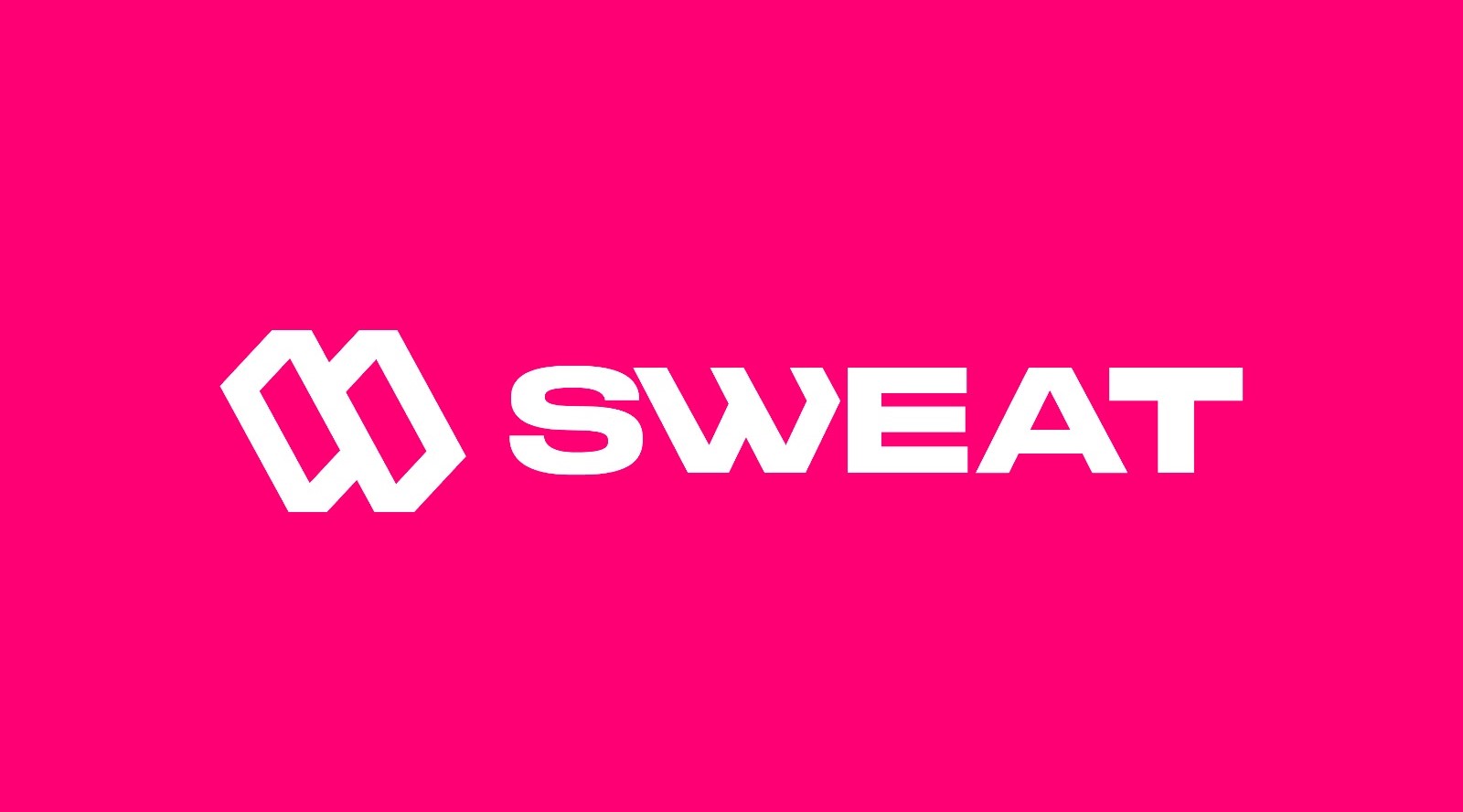advertisement
Sweat Economy to Usher 140M Users to Web3

Web3 ecosystem, Sweat Economy, has expanded into the United States and eight new countries including the Bahamas, Barbados, Botswana, Ghana, Jamaica, Pakistan, Zimbabwe, and Uganda.
This move paves the way for millions of users to officially begin tokenizing their physical activity within the Sweat Economy ecosystem, adding momentum to the burgeoning global movement economy. Sweat Economy enters these new markets with the overwhelming support of its community, who participated in a historic vote, with over 380k users deciding to burn and reallocate idle tokens to support the current launch effort.
Sweat Economy builds on the success of the massively popular Sweatcoin app that launched in 2015. As one of the pioneers of the move-to-earn phenomenon, Sweatcoin quickly amassed more than 140M registered users and became the most downloaded health app in over 60 countries. Sweat Economy represents the latest evolution of this story, to accelerate the mainstream adoption of Web3 technologies at the intersection of tokenization, health, and crypto.
advertisement
The company revolutionizes movement using a unique passive reward system. By leveraging the Sweatcoin application in tandem, users can verify their movement-tokenizing their physical activity. As a reward, users can mint $SWEAT, a token on the NEAR Protocol positioning Sweat Economy as one of the largest Web3 on-ramps in history, with millions of existing Sweatcoin users being onboarded onto Sweat Wallet. By choosing to build on NEAR, Sweat Economy will be well placed to leverage the protocol’s incredibly secure and infinitely scalable sharding infrastructure-unlocking the opportunity to onboard millions of potential users into a burgeoning Web3 movement economy.
Once onboarded into Sweat Wallet, users can mint $SWEAT by engaging in physical activities. Accrued $SWEAT can then be used in various ways, including deposited into “Growth Jars” to be saved and multiplied, and unlock exclusive rewards within the ecosystem. Users can also compete in the free-to-play Sweat Hero NFT game to win additional $SWEAT, while also having the option to purchase $SWEAT in-app using the MoonPay fiat on-ramp. In just a few months, $SWEAT has become the 9th most held1 and the 13th most actively used token2 in the world prior to this expansion–having also established a deflationary status following the community’s decision to burn 1.8 billion unclaimed $SWEAT.
Oleg Fomenko, co-founder of Sweat Economy said that the company is thrilled to finally bring the Sweat Economy experience to the United States and 8 other markets.
advertisement
“We are excited that residents of these countries will also be able to–literally–WALK INTO CRYPTO. Our global community of users has been instrumental in supporting this launch and we are thankful for their participation in the biggest ever governance vote that allocated nearly 700 million $SWEAT to the new community members in consideration for their verified physical activity. By expanding into these markets, we aim to inspire a new wave of physical activity and incentivize individuals to lead healthier lives, while paving the way for the next billion users looking to participate in the movement economy,” Oleg said.
Communities are undergoing a significant transformation as individuals seek innovative ways to stay motivated and maintain a healthy lifestyle. Sweat Economy’s unique approach, combining fitness tracking with blockchain technology, brings an exciting and refreshing perspective to this space. By rewarding users for their physical activity, Sweat Economy not only encourages people to exercise more but also creates a vibrant and engaged group of like-minded people.
On his part, Chris Donovan, CEO of the NEAR Foundation, said that it’s incredible to see the progress of Sweat Economy as it enables us to achieve our mission to bring millions into the open web.
advertisement
“As an industry leader in tokenizing physical activity, Sweat Economy’s launch into the US represents a major milestone not just for the project, but for the entire NEAR ecosystem. It also demonstrates the incredible scalability of the NEAR Protocol, which has been able to seamlessly support one of the largest consumer apps in Web3 operating at significant scale,” Donovan remarked.